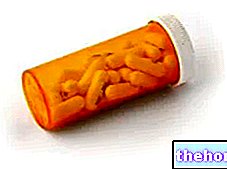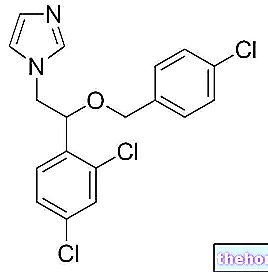
Before starting the treatment of erectile dysfunction with the drug vardenafil, it is advisable to consult with your doctor, undergoing a series of tests to make sure that there are no pathologies or physical conditions that require other types of drugs or which prevent the use of vardenafil. In fact, before the start of treatment, it is recommended that the doctors responsible for the patient perform a thorough check on the cardiovascular conditions of the subject, because there is a cardiac risk associated with sexual activity.
Another thing to be aware of before starting treatment is the vasodilatory effect of vardenafil, which can cause a transient decrease in blood pressure. Particular attention should be paid to patients with complications of the cardiovascular system, such as aortic or subaortic stenosis and idiopathic cardiac hypertrophy: these subjects may be particularly susceptible to the vasodilatory action of vardenafil or other type 5 phosphodiesterase inhibitors. pay particular attention in administering vardenafil to patients who are taking drugs belonging to the class of alpha blockers at the same time, because the latter also have non-negligible vasodilatory properties, which lead to an enhancement of the hypotensive effect of vardenafil. Treatment of erectile dysfunction with vardenafil, in patients who are already being treated with alpha blocker drugs, should therefore only be started when the patient has stabilized, starting with the lowest recommended starting dose: that of 5 mg / day. Vardenafil can be administered together with tamsulosin at any time, while with other alpha blockers a time interval between the two administrations should be considered. Similarly, in patients already taking vardenafil at an optimal dose, the alpha-blocker should be started at the lowest possible dose. A gradual increase in the dose of the alpha-blocker may be associated with further lowering of blood pressure in patients who take vardenafil.
Vardenafil, like other type 5 phosphodiesterase inhibitors, should be used with caution in the treatment of erectile dysfunction in patients with anatomical deformations of the penis, such as fibrosis of the corpora cavernosa and Peyrone's disease; patients with diseases that predispose to priapism, such as sickle cell anemia and multiple myeloma.
Clinical studies have confirmed that administration of vardenafil prolongs the QT interval of the cardiac cycle. In particular, one study has shown that at a dose of 10 mg, vardenafil prolongs the QT interval by an average of 8 milliseconds. During the same clinical study 10 mg of vardenafil was administered concomitantly with 400 mg of gatifloxacin (an antibacterial drug with QT-prolonging properties similar to those of vardenafil): it was later noted that the QT-interval prolongation was about 4 milliseconds more than that of the two drugs taken individually. Therefore, although insufficient data exist to evaluate the clinical impact of QT interval prolongation, co-administration of vardenafil and gatifloxacin is strongly discouraged. The clinical relevance of these observations is unknown and cannot be generalized to all patients and circumstances, since it depends on individual risk factors and the susceptibility that may be present at a given time and in any given patient. In general, it is advisable to avoid the administration of medicinal products that can prolong the QT interval, including vardenafil, in patients with relevant risk factors, eg hypokalaemia, congenital QT prolongation or concomitant administration of antiarrhythmic medicinal products.
Other articles on "Vardenafil: Contraindications and Warnings"
- Vardenafil: dosage and method of use
- Vardenafil
- Vardenafil: interaction with other drugs
- Vardenafil: side effects























-nelle-carni-di-maiale.jpg)




